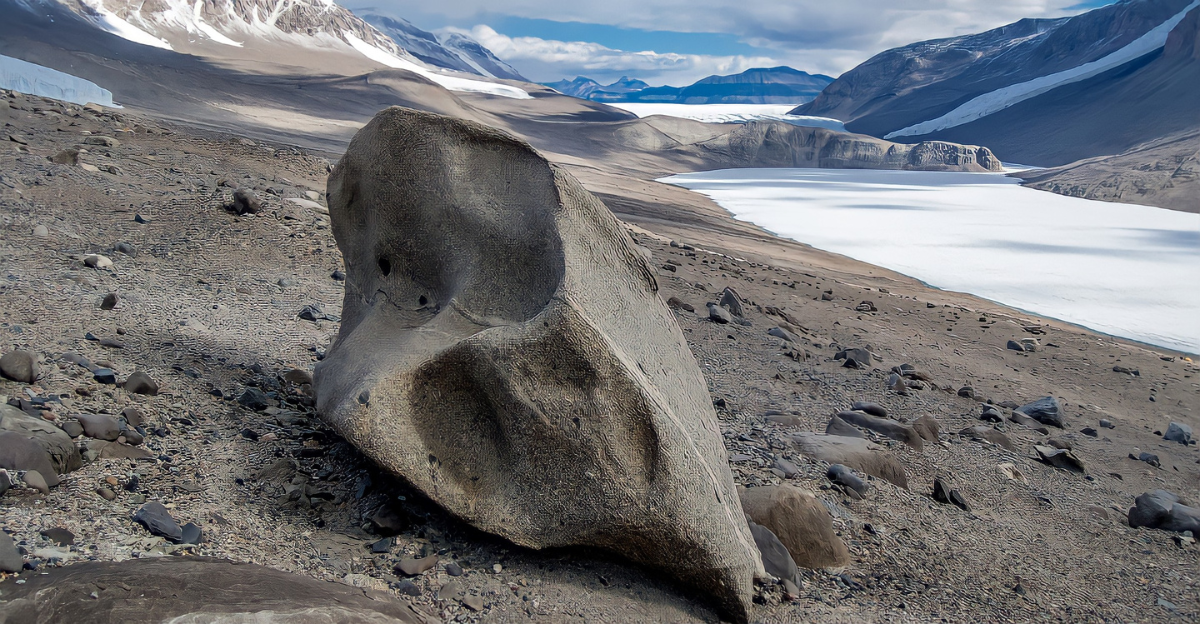
Waking up one morning and seeing snow is quite common for some people, but other times it is a complete shock. Residents of northern Chile’s Atacama Desert, known as the driest place on Earth, woke up to something they never could have imagined on the 26th of June 2025. A shimmering blanket of snow covered the ground for as far as the eye could see, something they never would have expected.
What caused this once-in-a-lifetime snow blanket that covered places in snow that haven’t even seen rain for quite some time?
Earth’s Driest Non-Polar Desert
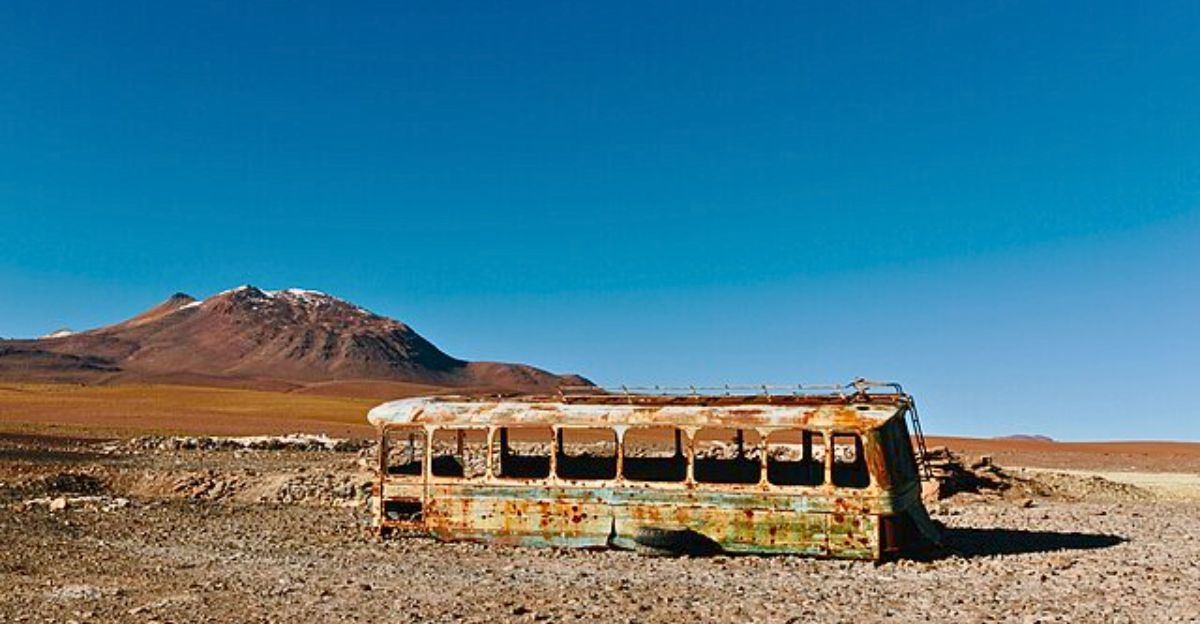
Stretching over 995 miles along the Pacific coast, the Atacama’s extreme aridity results from a unique geographic setup. It lies between the towering Andes Mountains and the Chilean Coast Range, blocking moist air from reaching the desert. In certain areas, such as around the abandoned town of Yungay, the average annual rainfall is less than 1 millimeter.
Weather stations have recorded periods of up to 400 years without measurable precipitation. Despite having the driest conditions in the world, this desert still has a thriving ecosystem with unique animals and plants everywhere.
The Unexpected Snowfall of 2025
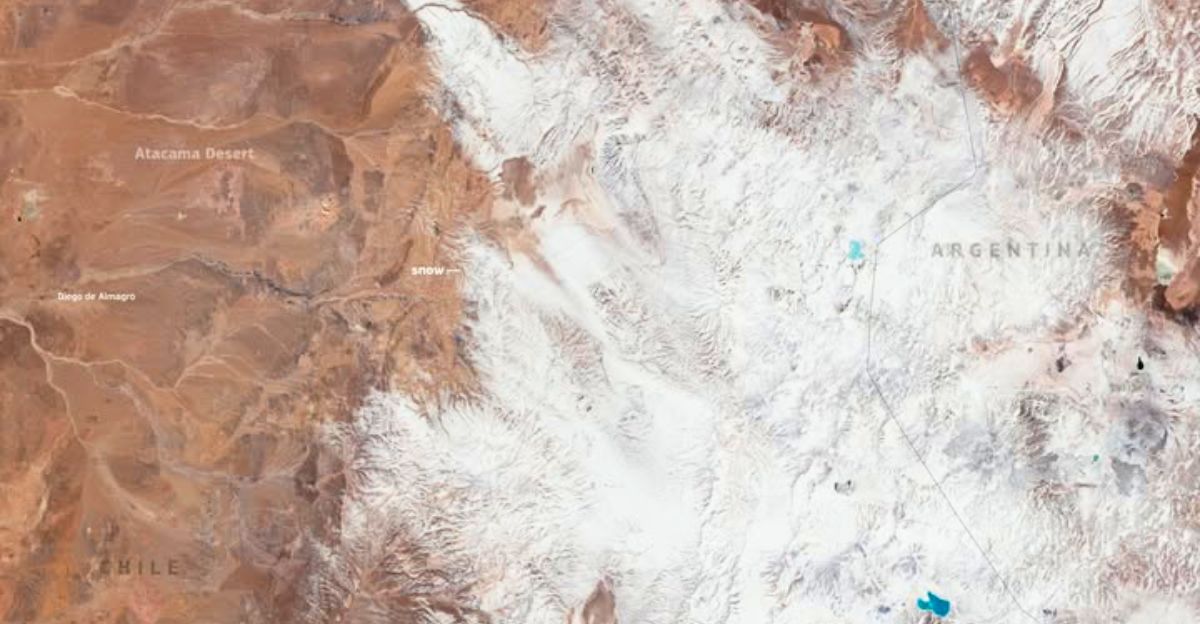
On June 26, 2025, the Atacama Desert was turned into a winter wonderland, an event so rare that it marked the first significant accumulation at the ALMA Observatory in nearly a decade. This remarkable event was triggered by a powerful polar-origin anticyclone and an unusual combination of cold air, a high-altitude front, and low pressure over the Pacific, which drove temperatures well below seasonal norms across much of southern South America.
While snow occasionally falls at even higher elevations, measurable snowfall at the ALMA site is uncommon and challenges the Atacama’s reputation as the driest place on Earth.
What Caused the Snow?
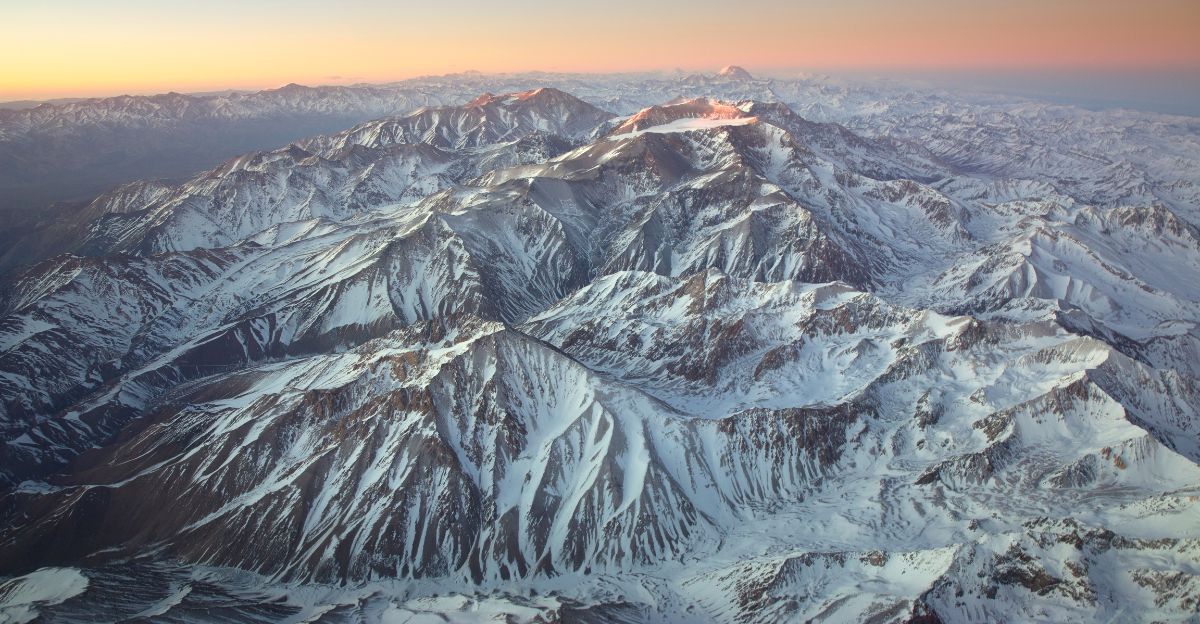
This event was extremely rare, so there had to be a reasonable explanation. The Chilean Meteorological Directorate identified the passage of a “cold core” low-pressure system as the primary trigger, which swept through the region and tapped into moist air from the Pacific Ocean.
This system forced the freezing level far lower than usual along the Andean flank, resulting in temperatures at the ALMA Observatory base camp plummeting to –12°C, with wind chills dropping even further. The event was further intensified by a high-altitude front and persistent low pressure over the Pacific, allowing cold, moist air to penetrate deep into the typically arid desert. “In winter, some storms are fueled by moisture from the Pacific, which can extend precipitation even to the Atacama Desert’s coastal areas,” said Raúl Cordero, a climatologist at the University of Santiago.
A Decade Since the Last Major Snowfall
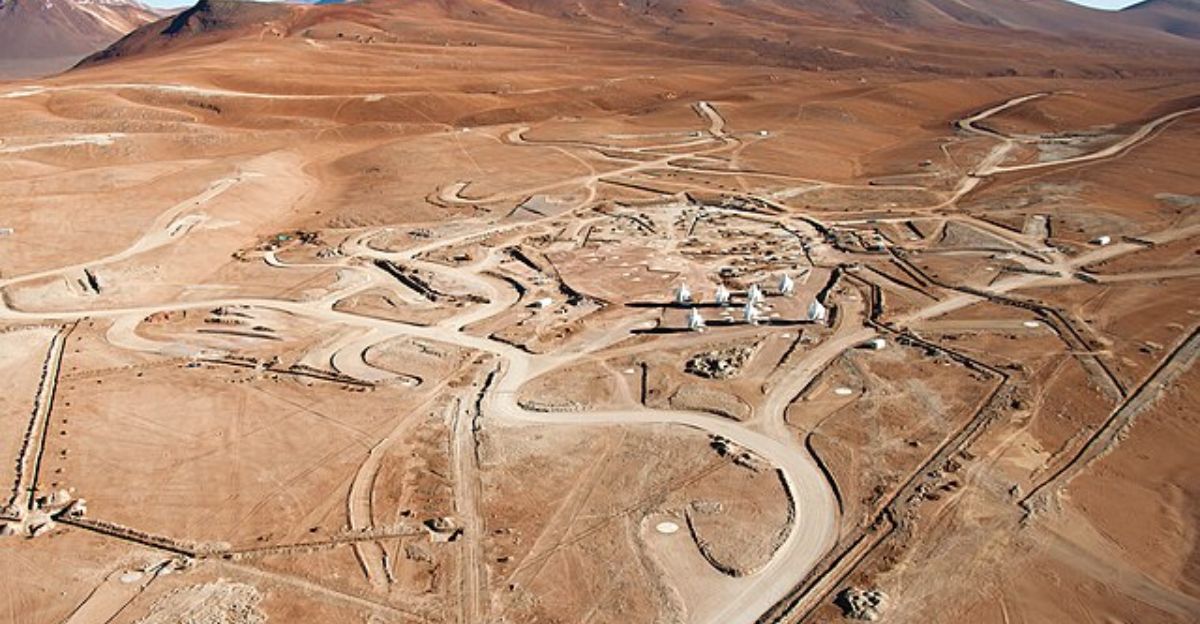
While snow occasionally dusts the higher Chajnantor Plateau above 5,000 meters, measurable accumulation at the observatory’s 2,900-meter base camp is exceedingly uncommon. The last major snowfall at this altitude occurred over a decade ago, making the recent event a striking reminder of the desert’s unpredictable extremes.
“There hasn’t been a record of snowfall at the base camp for over 10 years. It doesn’t snow every day at ALMA!” said an ALMA representative.
Science on Pause
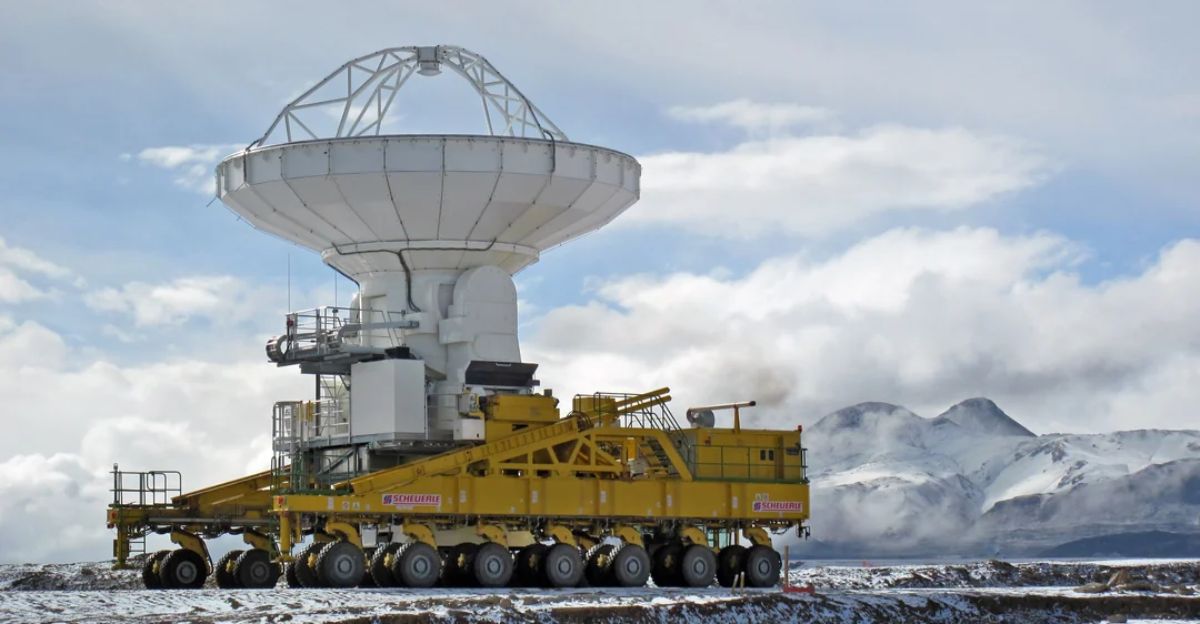
The Atacama Large Millimeter/submillimeter Array (ALMA), one of the world’s most advanced radio telescopes, was forced to stop all operations and go into survival mode as soon as snow hit landfall. All 66 of ALMA’s massive radio antennas were reoriented downwind to minimize damage from snow buildup and fierce gusts, while power was diverted to critical systems, and staff were evacuated to lower elevations for safety.
With temperatures plunging to –12°C and wind chills reaching –28°C, the extreme conditions made it impossible to continue observations.
Some Good Brought By The Snowfall
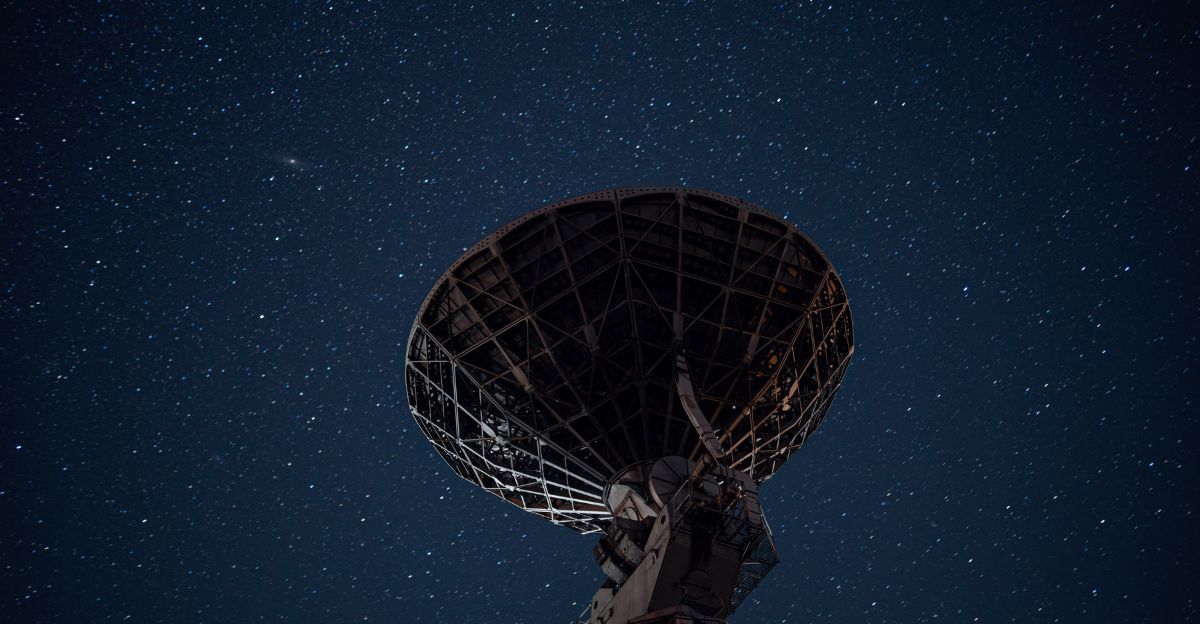
Although the storm might have temporarily stopped operations, as soon as it passed, researchers had a golden opportunity to collect some of the best data yet. The cold, dry air after a snowfall can offer some of the best observing conditions for radio astronomy.
“Once the storm passes, snow-clearing teams are immediately activated to visually inspect each antenna before resuming observations,” ALMA representatives said. “This has to happen fast, as some of the best observing conditions occur just after a snowfall: the cold helps lower air humidity, which is what most interferes with our measurements.”
Local Reactions To This Natural Wonder
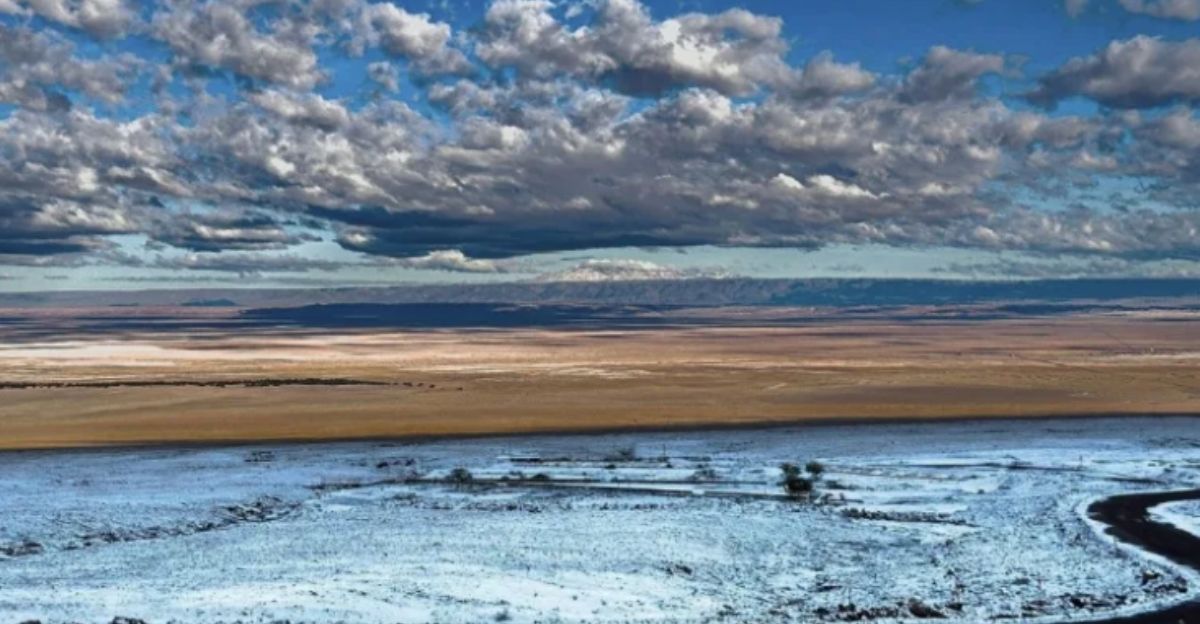
As someone living in a desert, you definitely don’t expect to wake up to a winter wonderland in your backyard. While people were confused at first, excitement quickly took over. The event was magical and unforgettable for many lifelong residents, some of whom had never witnessed snow in the desert.
From Caution to Celebration
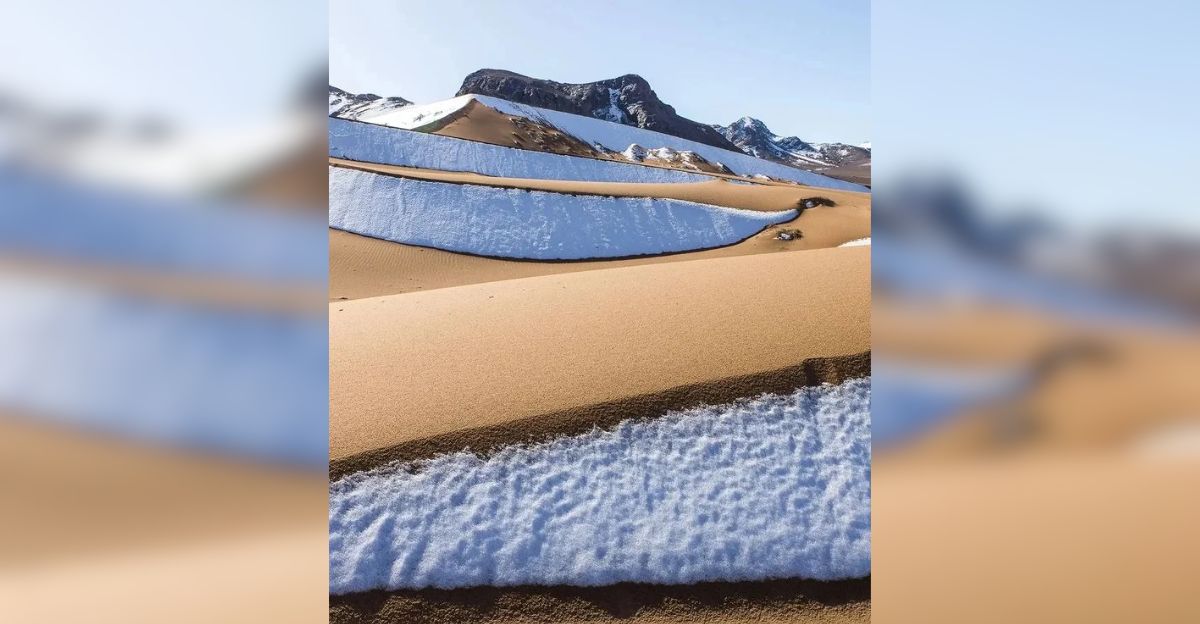
However, the beauty of the snowfall had quite a disruptive impact. Snowdrifts and landslides blocked roads, stranding travelers and prompting emergency rescue operations. Local authorities closed schools and issued warnings about flash flooding due to rapid snowmelt and concurrent rainfall.
Despite the challenges, the spectacle drew visitors and photographers eager to witness the desert’s transformation, providing a short-term boost to local tourism. As the situation stabilized and the sun returned, the mood shifted dramatically. Families ventured outdoors to experience the rare phenomenon, building snowmen and capturing photos of the transformed landscape.
More Surprises Ahead?
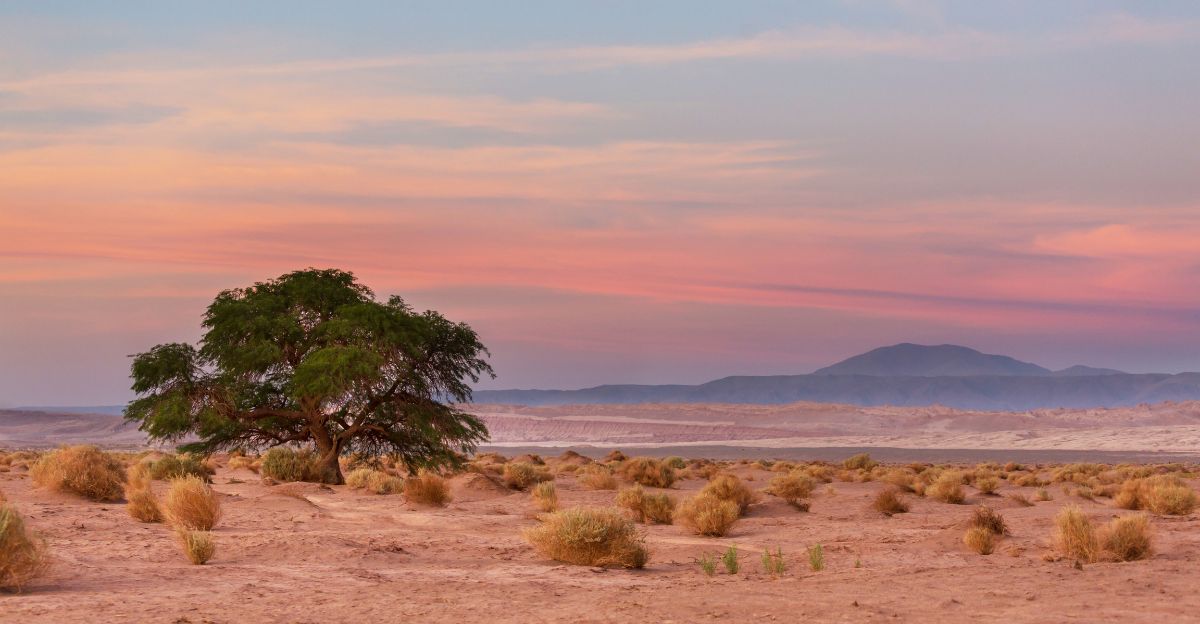
As the Atacama Desert grapples with the aftermath of its extraordinary snowfall, scientists and residents alike wonder what the future holds for this famously arid landscape. While it remains too early to link lower-altitude snowfalls to climate change directly, climate models suggest that even the world’s driest desert could see an increase in extreme weather events, including rare precipitation and temperature swings.
Recent research indicates that shifts in climate patterns like El Niño, especially more frequent or intense El Niño events, could bring more rainfall, flooding, or even additional snow to the region in the coming decades. As scientists monitor and model these evolving trends, one thing is clear: the Atacama’s future may hold more surprises, reminding us that even the most extreme environments are not immune to the planet’s changing climate.







